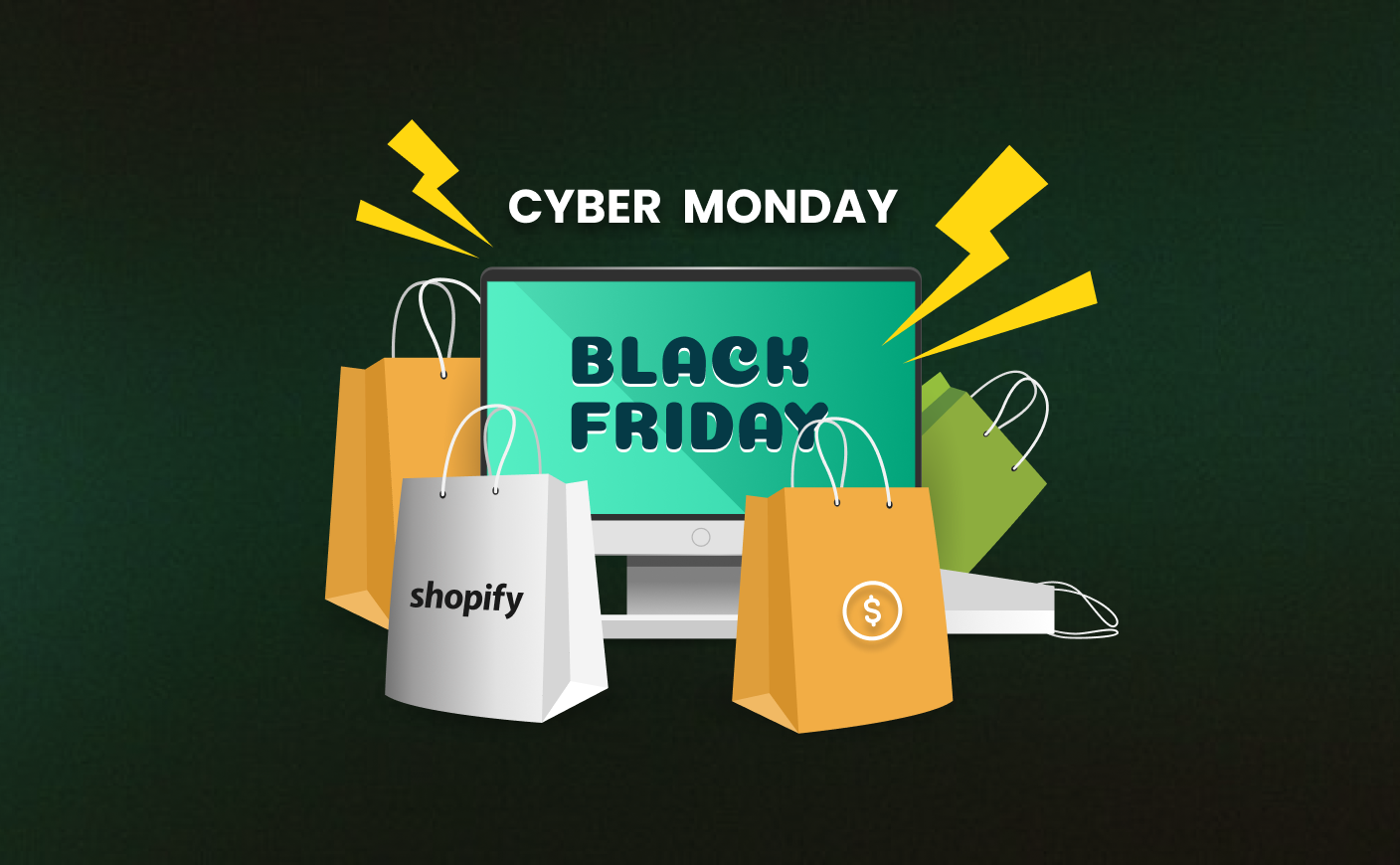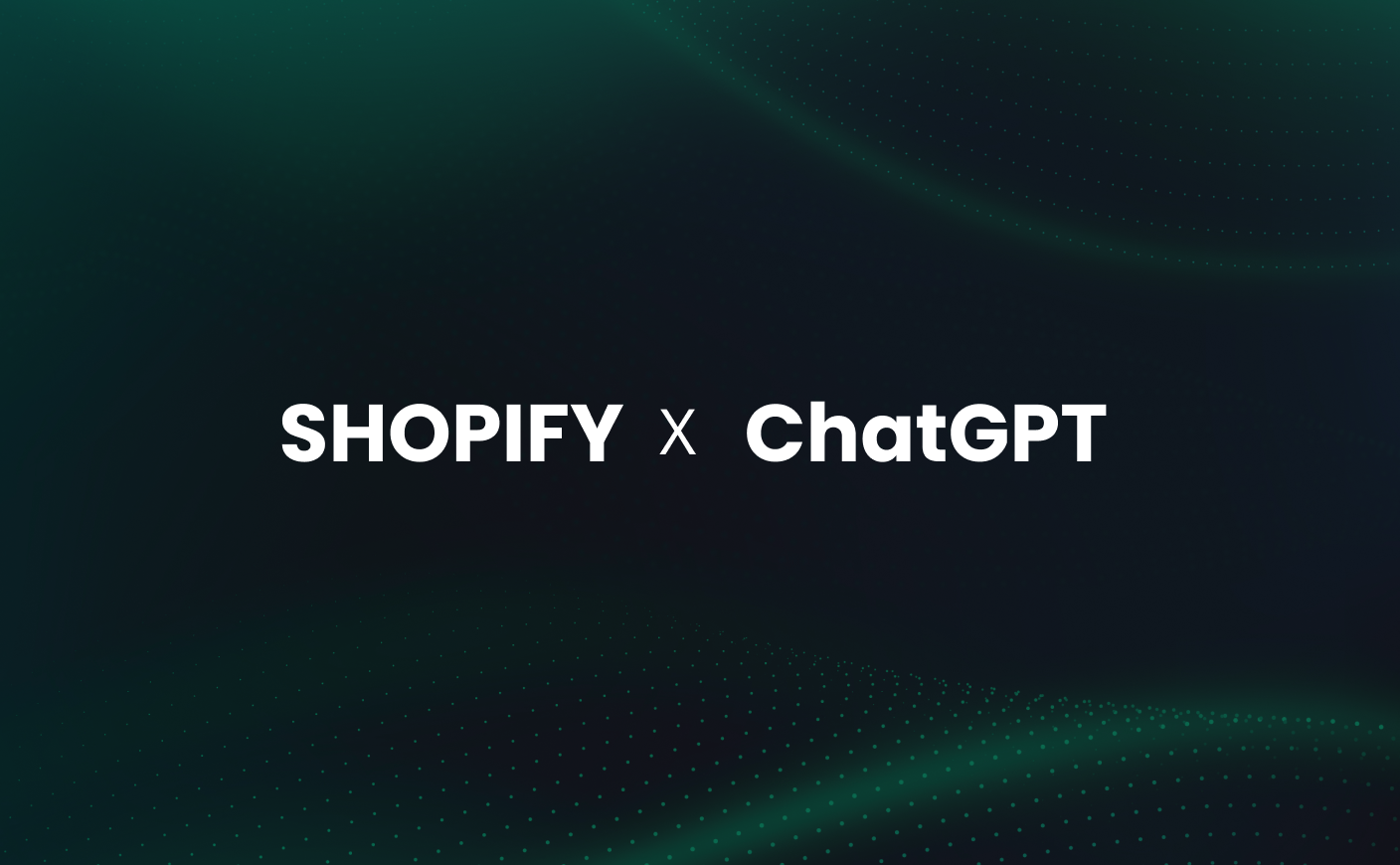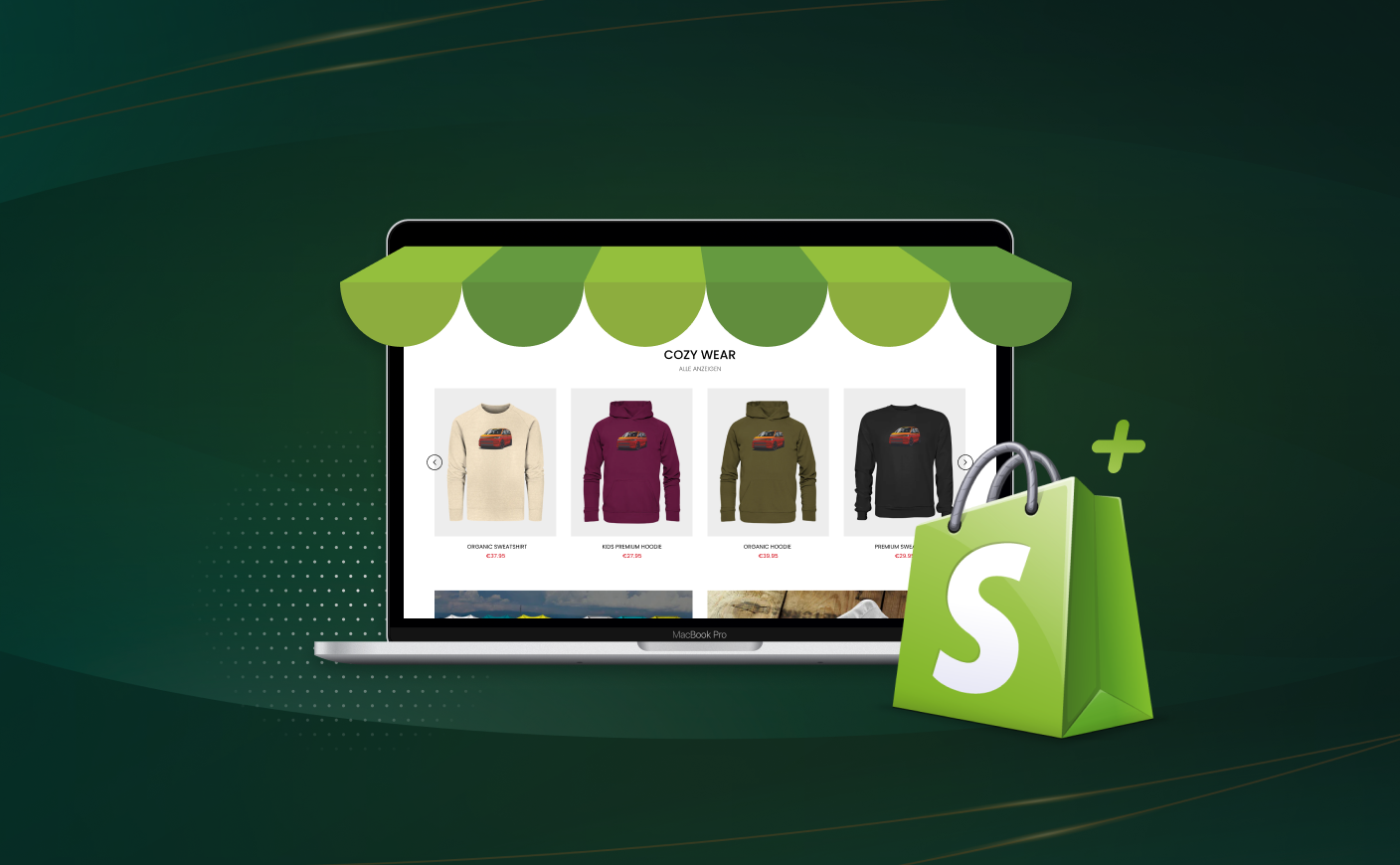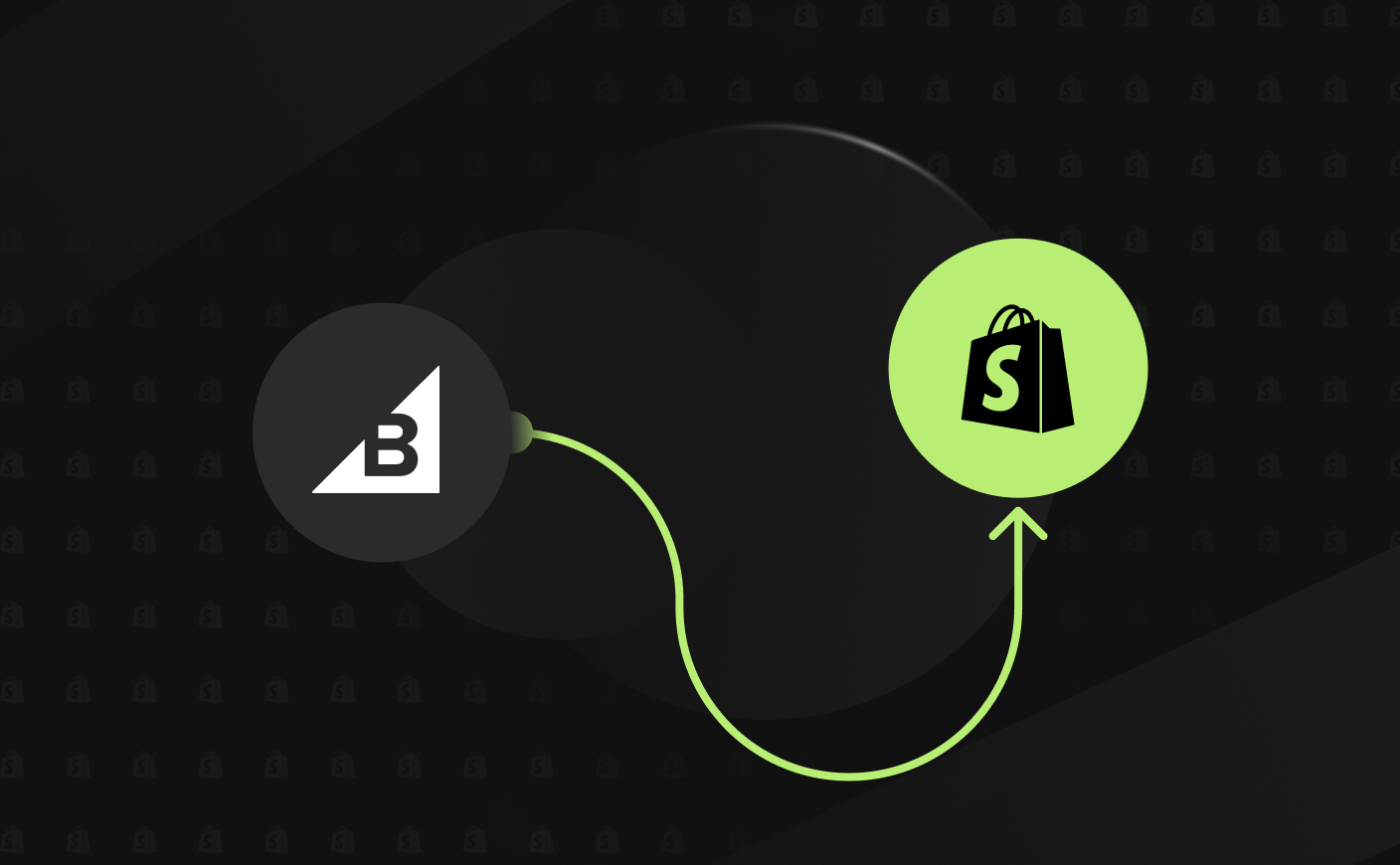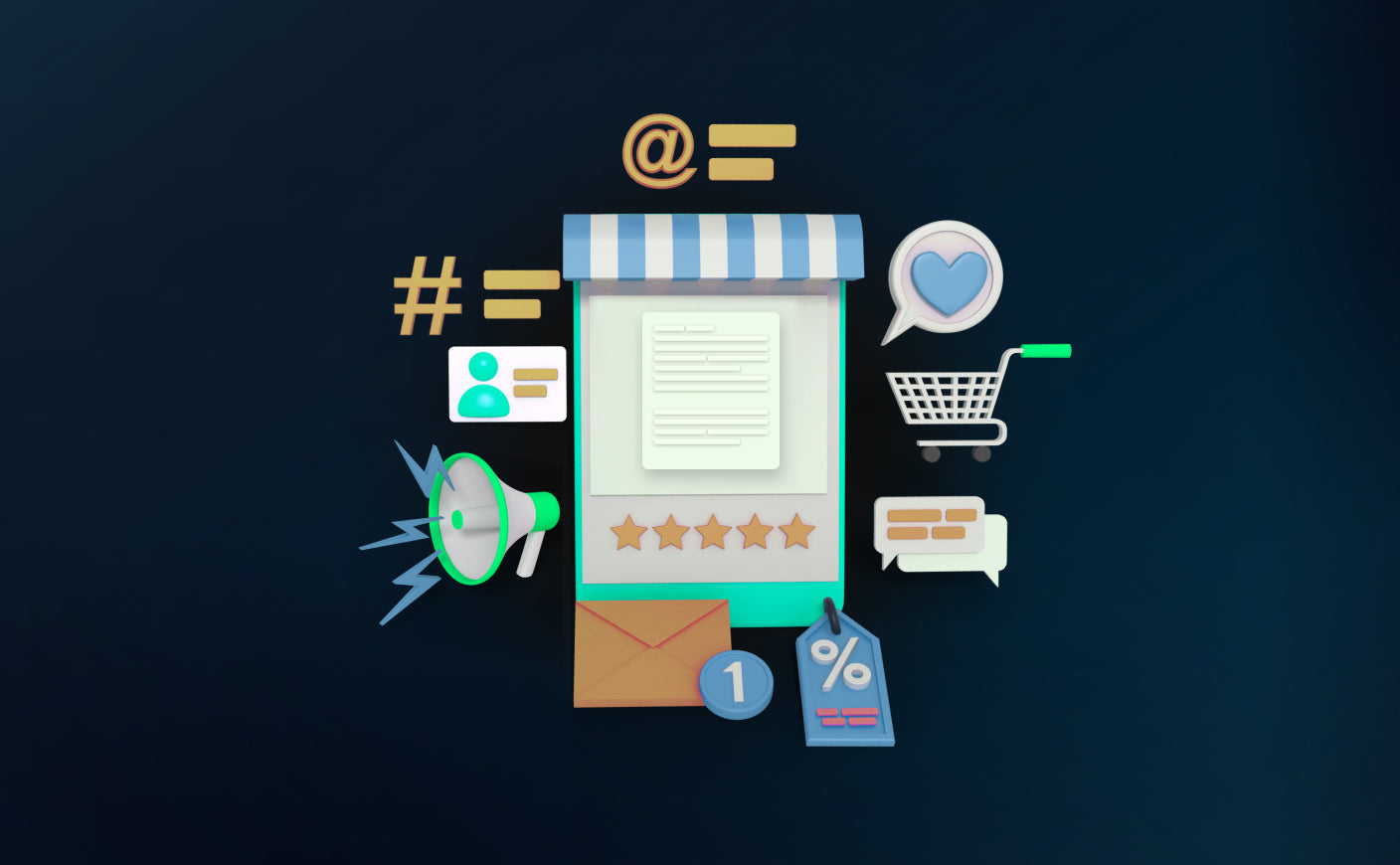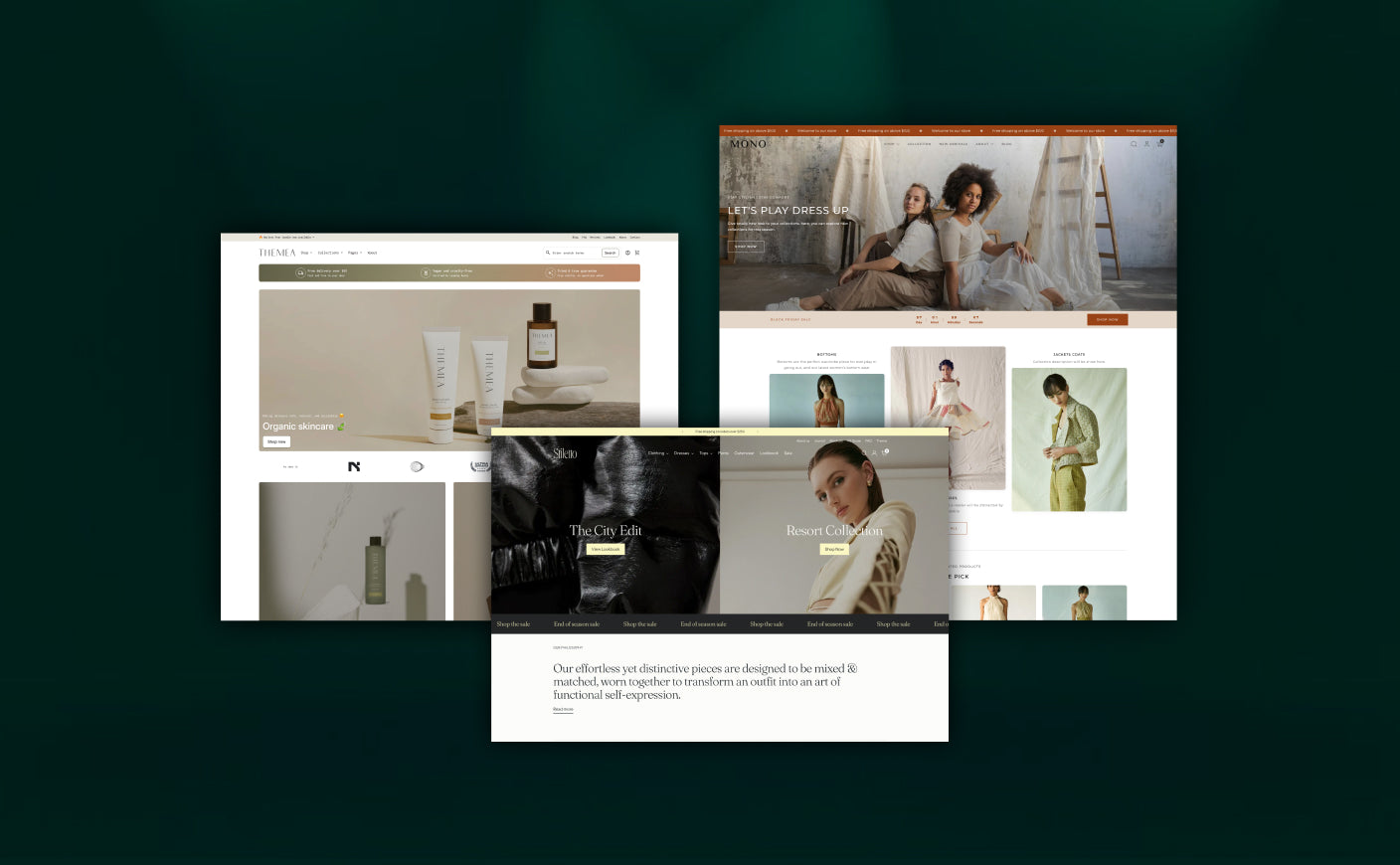Shopify Headless Commerce vs Traditional Commerce: A Guide
Headless Commerce
shopify agency
Traditional Commerce
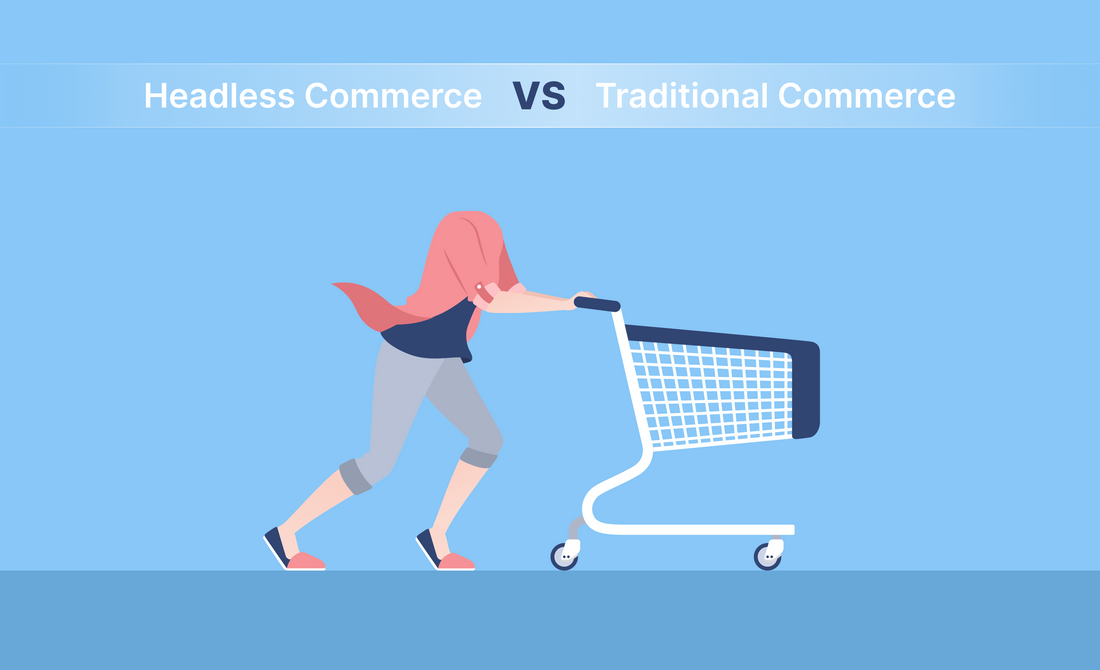
Let’s be real—picking between traditional and headless commerce isn’t just a technical decision. It’s about control, speed, and how far you’re willing to push your brand’s digital presence.
Well, we will put this in a different way - have you ever visited an amazing website but it took forever to load? Chances are you must have abandoned the site. Research shows that every extra second of page load time can drop conversions by up to 7%.
Now, here’s the kicker - as a business owner, your choice between traditional and a headless commerce setup could make or break your sales.
So which one is suitable for your business - Shopify’s reliable themes or breaking free with a headless approach?
Let’s explore and find out which one fits your store’s ambitions best.
Understanding Traditional Commerce
When it comes to building an online store, traditional ecommerce platforms such as Shopify offers an easy way to get started. You do not need an expert developer or learn coding to create an appealing storefront.
With customizable themes, you can easily tweak elements like color schemes, product display options, and font styles to align with your brand.
Shopify offers business owners the ability to focus more on building their brand while offering a simple and straightforward process of managing the creative side of their store.
With the availability of pre-designed templates that are ready to go with minimal customization, you can focus more on what matters the most - How to grow in this complex digital world.
However, even with the flexibility Shopify offers, you're still working within the limits of a predefined system.
While features like Shopify’s Online Store 2.0 update introduced enhancements such as app blocks and Liquid integration, businesses may still feel confined by the platform's constraints.
For instance, tweaking certain aspects of the user experience might require workarounds, and custom functionality is limited unless you have access to developer resources.
Pros of Traditional Commerce:
Simple set up: You can easily build your online store without needing an expert developer to write codes for you.
Cost-effective: Since you do not need any expert guidance or help, it lowers the initial investment making it a cost-effective option for stores with a low budget.
Easy to use: Since traditional ecommerce platforms such as Shopify come with built-in tools and payment gateways, they are very easy to use without needing any help.
Cons of Traditional Commerce:
Lack of customization: Since it comes with predefined templates and other in-built functions, traditional commerce platforms limit the ability to offer tailored user-experience.
Difficult to adapt with changing circumstances: The predefined structure offers stability, but brands often face the difficulty to scale businesses with changing circumstances.
Less reliable: The monolithic system can appear to be less reliable as sometimes you can have difficulty in using new technologies. Plus any changes, if not done properly, can affect the entire store.
Also read: A complete guide to split testing for pricing.
Understanding Shopify Headless Commerce
Shopify headless commerce is all about separating the front end (what a user sees) from the back end (where the data and logic live). In other words, the “head” refers to the user-facing interface, while the “body” represents the backend systems handling inventory, orders, and more.
The front and back end connect smoothly through APIs, making headless commerce an API-driven approach focused on flexibility and innovation.
What sets Shopify headless commerce apart is its powerful stack, designed to make headless architecture both approachable and efficient. In short, Shopify's Storefront API offers access to essential ecommerce features like dynamic pricing, subscriptions, multi-market capabilities, and advanced cart management. This API allows developers to build custom experiences as per the needs and wants of your target market.
In addition, Shopify or Shopify plus has Hydrogen and Oxygen that are more like a cheery to the cake.
Hydrogen, Shopify’s toolkit for headless development, provides pre-built components and hooks optimized for performance, cutting down development time without limiting creativity. Oxygen, on the other hand, is Shopify’s hosting platform for Hydrogen storefronts, offering a fast, reliable, and scalable hosting solution built specifically for headless applications.
Pros of Shopify headless commerce:
To start with, one of the reports published by Accenture stated that brands implementing headless commerce saw a 30% increase in their revenue.
Fast implementation: Separating the content from the code enables front-end and back-end teams to work independently in their preferred environments, allowing for quicker and more efficient deployments.
Better user experience: Since Shopify headless commerce offers flexibility in customization, it allows brands to offer a better customer experience.
Allows to scale: You can easily add new features or integrations as your business grows or there is a need to adapt with the changing circumstances.
Cons of Shopify headless commerce:
Complexity: Requires a skilled technical team.
Higher Costs: Both initial and ongoing investments are significant.
Longer Development Time: Customization takes time to perfect.
8 Key Headless Commerce Statistics
Note - All the data mentioned here is taken from Front Commerce, Future Marketin Sights, Story Blok, Teleport HQ, Oracle, WP Engine, Convert Cart, Retail Touch Points, PR Newswire, Experro.
- The headless commerce industry is projected to grow significantly, reaching $3.8 billion by 2032.
- Headless CMS software is anticipated to expand rapidly, with a compound annual growth rate (CAGR) of 22.1% through 2032.
- A majority of retailers, around 61%, have already implemented or are planning to implement headless commerce solutions.
- Enterprises, on average, have invested $2.6 million in adopting headless architecture.
- The adoption of headless architecture among enterprises has risen to 64%, marking a 25% increase since 2019.
- Nearly 92% of organizations reported that headless technologies have simplified delivering consistent content across platforms.
- Approximately 62% of ecommerce leaders believe headless commerce can significantly enhance customer engagement and boost conversions.
- About 74% of companies acknowledge that failing to adopt innovative commerce solutions could negatively impact their business.
Shopify Headless Commerce vs Traditional Commerce
Let us go through the difference between Shopify headless commerce and traditional commerce in the form of a table.
| Feature | Traditional Commerce | Shopify Headless Commerce |
| Setup | Simple setup with no need for coding or development expertise | Requires technical expertise to build and manage the front-end separately |
| Customization | Limited to predefined templates and features | Offers extensive customization to create unique, tailor-made user experiences |
| User experience | Standardized user interface with limited flexibility | Allows for highly customizable user interfaces, providing better customer experiences |
| Flexibility | Fixed structure with fewer options for changes or scaling | Fully flexible, with the ability to integrate new tools and technologies smoothly through APIs |
| Time to market | Quick to launch with ready-made themes and tools | Longer development timelines due to custom builds |
| Cost | Cost-effective with minimal initial investment | Higher upfront and ongoing costs for development and maintenance |
| Technical requirements | Minimal technical knowledge required; easy for non-developers to use | Requires skilled developers and ongoing technical resources |
| Scalability | Limited scalability due to the monolithic structure | Easily scalable to adapt to growing business needs or market changes |
| Reliability | Stability provided by the integrated system, but changes can affect the entire setup | Decoupled systems reduce risks, as issues in the front-end don’t impact the back-end and vice versa |
| Innovation | Constrained by the features and updates offered by the platform | Encourages innovation by allowing independent updates and custom solutions |
Shopify Headless Commerce or Traditional Commerce: The Final Verdict
Shopify headless Commerce:
Headless commerce appeals to merchants with ambitious goals and a vision for creating highly personalized user experiences. These businesses are typically already successful online, generating significant revenue, and are ready to invest in a scalable, future-proof solution.
Such merchants value flexibility and are willing to invest in robust technology infrastructure to stay ahead of their competitors. They have established internal teams or the budget to hire experts capable of handling the complexities of custom front-end and back-end integration.
- Overall Revenue: $70–$150 million annually
- Online Revenue: Often exceeds $50 million
- Development Resources: In-house tech teams with expertise in API-driven solutions or a strong partnership with specialized agencies
- Budget: Starts at $1 million, often exceeding this for ongoing improvements
- Timeline: Longer timelines, usually 6–12 months, to accommodate the depth of customization and testing
Traditional Commerce:
Merchants who choose traditional storefronts typically prioritize simplicity, speed, and cost-effectiveness. These businesses might have substantial revenue streams but prefer to allocate their resources to marketing, inventory, or growth initiatives rather than investing heavily in custom technology.
These businesses often operate on tight schedules and require an online store that’s easy to set up and manage without an in-house development team. Instead, they rely on external agencies for occasional upgrades and maintenance. The focus is on leveraging existing tools and templates to quickly establish a solid online presence.
- Overall Revenue: $80–200 million annually
- Online Revenue: Typically under $30–$60 million
- Development Resources: Primarily outsourced to external agencies for occasional updates
- Budget: Capped at under $800,000 for initial setup
- Timeline: Stores are usually launched within 4–6 months
Pro tip:
If you’re unsure about fully committing to headless commerce, consider starting with a hybrid approach. Platforms like Shopify allow you to experiment by using headless elements—such as custom APIs or Hydrogen for specific features—while keeping the core storefront traditional.
This way, you can test the waters, refine your processes, and gradually transition to a fully headless setup if it aligns with your goals. It’s a low-risk strategy to enjoy the benefits of both worlds while minimizing disruption and cost.
Also read: How to choose the best Shopify plus agency for your brand.
Frequently Asked Questions
What do you understand about headless and traditional Shopify?
Headless Shopify separates the front-end (customer interface) from the back-end, allowing full customization and flexibility through APIs. Traditional Shopify integrates both, offering an all-in-one system that's easier to set up but with limited customization options.
Is headless CMS good for ecommerce?
Yes, headless CMS is excellent for eCommerce as it offers flexibility, scalability, and smooth omnichannel integration. It allows businesses to deliver personalized experiences, faster site performance, and better content management across multiple platforms using APIs for smooth functionality.
Is Shopify headless free?
No, Shopify headless commerce is not free. While Shopify provides tools like Hydrogen and Storefront API, using these requires a Shopify plan, development expertise, and hosting costs, especially if using Shopify’s Oxygen platform or third-party services.
CrawlApps
At CrawlApps, we don’t just build Shopify stores—we create experiences that sell. We’re a bunch of problem-solvers who love turning ideas into stores that actually converts. Whether it’s fixing what’s broken or building something from scratch, we make sure every detail works in your favor. No fluff, no jargon—just real solutions that help your business grow. If you’re serious about Shopify, you’ll feel right at home with us.



